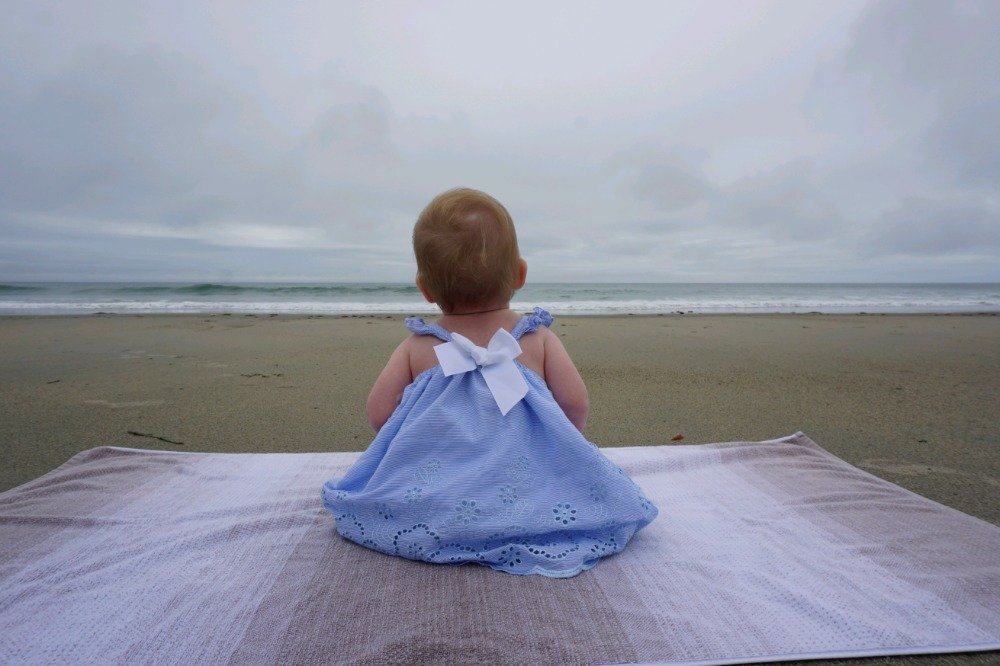
Hope4Livi’s Research Goals
G947R AHC Research Roadmap:
1. Create a G947R AHC “worm model” (C. elegans) - Project Initiated!
Dr. Anne Hart, Ph.D., Professor and Chair of Neuroscience at Brown University, & Diana Wall (Ph.D. trainee) https://www.thehartlab.org/
Create a gene edit in worms that is representative of the G947R AHC mutation – Completed!
Characterize the G947R AHC worm model and compare this to the other AHC variants (D801N, E815K, L839P) - Completed!
Evaluate assays that may be useful for future drug screens, using experiments conducted for the other AHC worm models - Upcoming!
Budget: $16,259 - Funding Secured!
Estimated timeline: 8 – 12 months
- This project will teach us more about how the G947R mutation affects a living organism (other animal models include mice, flies, frogs, etc.). Behavioral and functional endpoints have already been identified in the worms in a previous study. To learn more about this see Dr. Hart’s previous publication http://www.ncbi.nlm.nih.gov/pmc/articles/PMC5148073. Efforts are already underway to explore other AHC patient mutations in the worm. This work will enable us to compare the G947R mutation to the other patient mutations, using the same model system.
2. Create a G947R AHC “mouse model” – Project Initiated!
Estimated timeline: 12-18 months
2b. Evaluate the effect of a novel genetic medicine in the G947R mouse model under development. - Funding needed!
Estimated budget: $250,000 - Fundraising!
Estimated timeline: 12-18 months
- There have been several exciting therapeutic approaches evaluated in AHC mouse models such as prime editing and ASOs. Much of this work has been led by Rare Hope, For Henry AHC, Cure AHC, and AHCF. We must determine which of these therapies will work in the G947R mutation, as was done in both the E815K and D801N models.
3. Encourage patient participation in registries to understand AHC symptoms and severity - Underway by AHC partners (Hope For Annabel)
Even though there are many therapies currently being explored, none of them can proceed into clinical trials without a better understanding of the disease in AHC patients.
As each of these therapies continues to make advancements the role of patients, and their involvement, in patient surveys and natural history studies becomes even more critical.
If you have a loved one affected by AHC please consider participating in any or all the below studies if you are eligible. The information that we learn from these efforts will make it is easier to conduct and run clinical trials as these promising therapies make progress.
Estimated timeline: Ongoing
Future Research Opportunities
4. Expand access to the G947R mouse model - Funding needed!
The Northwestern University mouse model available to researchers focusing on AHC through a contract-research-organization (CRO).
Characterization of the G947R AHC mouse model developed by Dr. Al George, M.D. at Northwestern University http://doi.org/10.1101/2024.08.18.608455
Estimated budget: $130,000 - Fundraising!
5. Evaluate an AAV gene therapy approach in the G947R mouse model in collaboration with other AHC foundations.
We wish to conduct our studies in as similar a manner as possible to those conducted previously so that any learnings or outcomes observed within the G947R mouse model, or the other AHC mouse models, may be more easily compared.
Estimated budget: TBD
Make a donation to our AHC Research